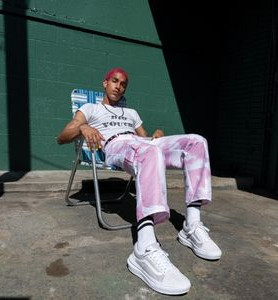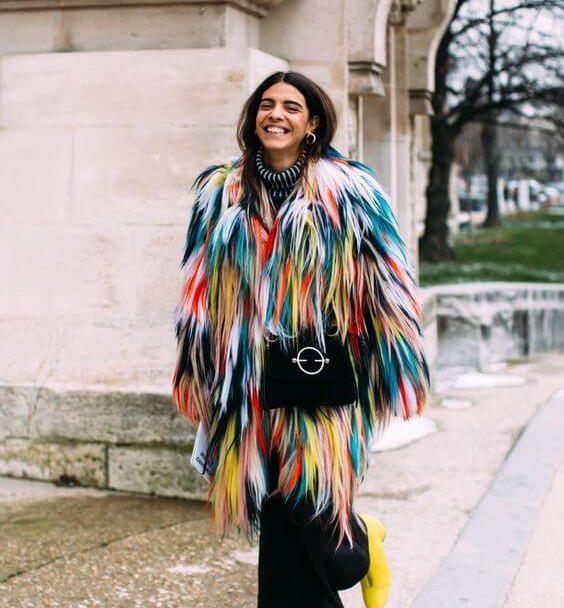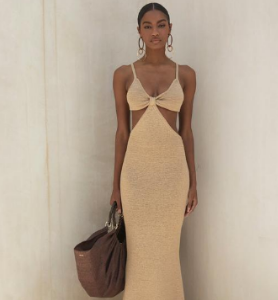New Zealand Fashion Week, in their words—three designers on the vision for the next generation
As New Zealand Fashion Week reaches its end, three of our nation’s most exciting designers share what they’re creating, how they’re feeling, and why this moment matters.
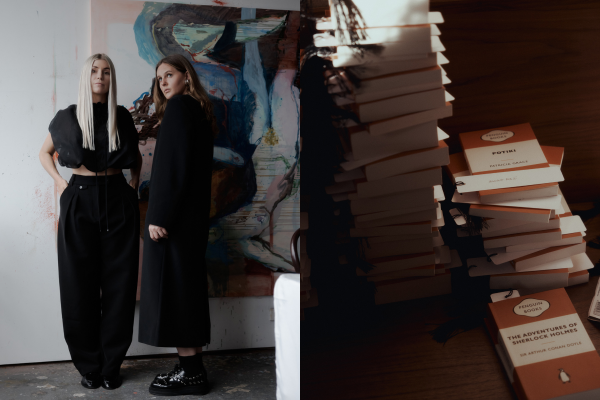
Images by Matt Hurley, Holly Sarah Burgess.
LAUREN TAPPER OF HARRIS TAPPER
You’ve spoken about feeling a ‘new pulse’ in the NZ fashion scene—what does that energy feel like to you, and how has it shaped your NZFW debut?
There’s a beat of emerging designers with new ideas in New Zealand. It felt like the right moment to recognise the change and present Harris Tapper in a physical way alongside our friends and peers.
Your salon-style show at Blue in Ponsonby—echoing a ’60s couture experience—suggests a very considered atmosphere. How did you intend for that intimacy to influence how audiences experienced your collection?
We’re interested in intimacy. It slows people down, you notice proportion, movement and fabric. The format of the show means models will be so close you can actually see the clothes, and in a small space, there’s nowhere to hide imperfections. We wanted to question the modern approach to sophistication and elegance, and we hoped the experience inspired the audience to consider that.
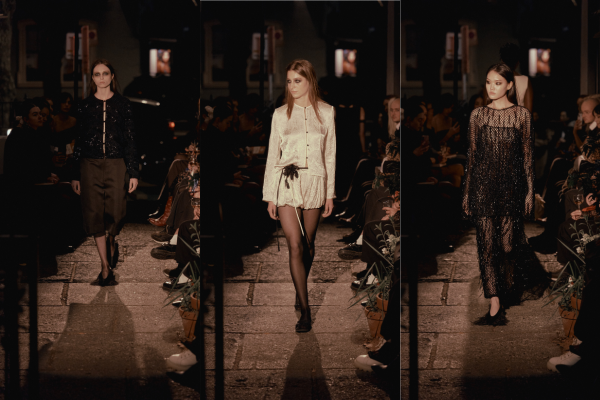
With a minimalist design language focused on fit and detail, how do you balance subtlety with memorability in a fashion week environment?
We focus on fit, construction, fabric. If this work is done well, it’s memorable and impacts how you feel. It’s not loud, but it lasts. There's subtlety in language and tone which can be potent.
From your perspective, how is the conversation around fashion shifting—both here and globally? Are there any movements, challenges or ideas that feel especially urgent or inspiring right now?
People want less, but better. There’s less appetite for excess, more for clarity and authenticity. Our customer is intelligent. She doesn’t want to be sold to. She wants to feel like herself, just sharper.

Images by Sam Hartnett.
JASMIN SPARROW
Tell us about your relationship with NZFW—how has the Jasmin Sparrow brand and offering evolved from your first showcase to this year’s?
This is the first time Jasmin Sparrow has been on the Fashion Week schedule. I’ve collaborated with designers on jewellery for shows in the past, but this is the first time the brand is standing alone within the schedule. It feels like a meaningful milestone—a quiet but clear statement about where the brand is now: more assured, more complete.
As an independent jeweller, what does it mean to present your work in a space traditionally dominated by fashion labels?
Jewellery often exists in the background of fashion—the final layer. So the opportunity to place it at the forefront, on its own terms, is something I’m excited to explore. What drew me to NZFW this year was the openness—the chance to participate in a way that didn’t demand conformity or tradition. I’ve always considered jewellery as deeply connected to art, design, and storytelling. For this presentation, I worked on a collaboration with longtime friend and artist Jade Townsend, with the event hosted by Gallery Ne Geurra—a space that specialises in 20th-century design and furniture. It felt like a natural extension of that thinking. For me, it’s not about challenging convention, but expanding the frame—offering a different context for jewellery, where it can be seen and understood as its own language.
Describe your latest collection in three words.
Refined, elegant, forever.
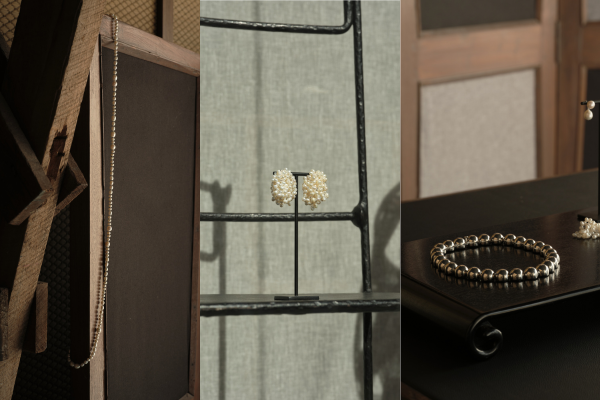
What qualities does the Jasmin Sparrow wearer embody? Has your sense of who you’re designing for changed over time, or stayed consistent?
I’ve always designed with a strong sense of the wearer in mind—someone who values detail, symbolism, and a quiet sense of strength. Over time, I think the work has grown up with that woman—or perhaps we’ve grown together. The aesthetic has remained consistent, but the pieces have become more distilled and elevated as my own life, and the lives of the women around me, have evolved.
What excites you most about the direction New Zealand fashion is heading in, and where do your pieces fit within the conversation?
There’s a strong sense of individuality coming through—a growing confidence in doing things differently, in making space for alternative ways of showing and creating. That excites me. I think people are craving connection and longevity—things that feel meaningful and built to last. My work sits within that space. It isn’t trend-driven, and it doesn’t speak loudly. It’s designed to endure to become part of someone’s story.
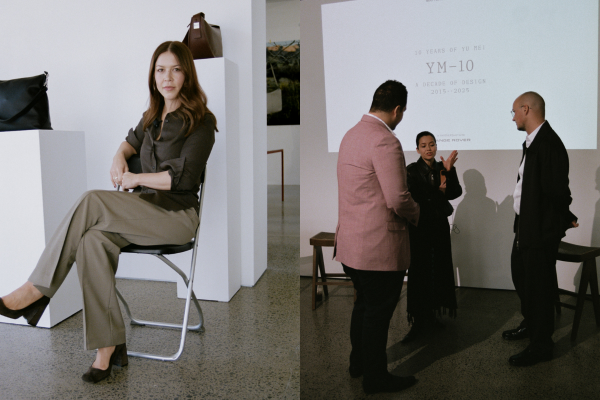
Images by Aileen Chen.
JESSIE WONG of YU MEI
Yu Mei’s leather designs foreground utilitarian elegance—how do you see accessory design evolving in NZ’s fashion scene right now?
There’s a growing confidence in function. For a while, accessories were quite decorative, now there’s a shift toward pieces that actually serve you, that hold their own in daily life. At Yu Mei, we’re interested in that intersection: refined design with purpose. Accessories are no longer just add-ons, they’re central to how people move through the world, and support what they carry in a day.
The bags you showcased during NZFW—are there standout materials, finishes, or stories behind them?
At NZFW, we revealed our new Leather 25 collection—a more considered cadence of releases that move away from seasonal drops. It’s rooted in real-life needs and rituals, with shapes that evolve from our most loved silhouettes like the Braidy and Teresa. You’ll see our signature New Zealand deer nappa, new recycled suede linings, and refined brass hardware that’s been re-cast for longevity. It’s about stripping things back and focusing on enduring quality, rather than novelty.
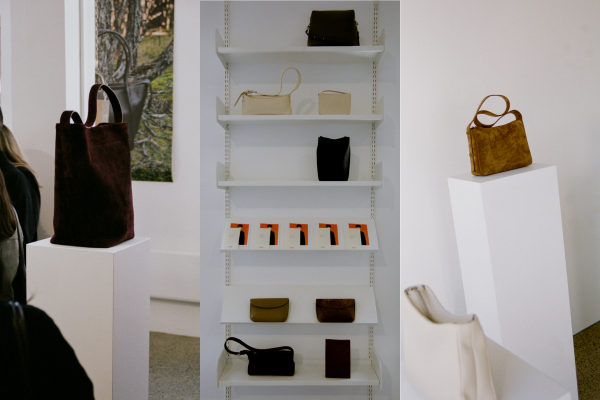
Leatherwork demands durability and beauty—how are you thinking about materials and longevity in the face of fast fashion?
Longevity has always been a non-negotiable for us. We design with the idea that our bags should live with you for years, maybe decades, not seasons. Our premium South Island deer leather is a regenerative byproduct of the venison industry, and we’ve invested in craftsmanship techniques like tack stitching, bound seams and reinforced structures that mean these bags wear beautifully over time. Our approach is: fewer, better pieces, and craft them well.
Fashion in Aotearoa is shifting—how do you see NZFW’s new structure and programming supporting designers and those in the industry who need it most?
The new structure feels more attuned to what brands actually need, particularly as a pathway for younger designers or those working to build sustainable foundations. It’s less about the spectacle and more about connecting with the right people, whether that’s buyers, editors, or other creatives. It also opens the door for a more diverse design landscape to emerge, one that reflects Aotearoa’s unique perspective and values.



